During lockdown, we caught up with Gerry Hughes – a man who has seen more than most in motorsport. From working in Formula 1, Formula E and various other major championships, Gerry worked for three teams during the Class 2 era of the BTCC for Vauxhall (RML), Renault (Williams Touring Car Engineering) and finally Ford (Prodrive).
“Looking back at my career in the BTCC, I probably had some of the best years of Super Touring, being in it from ’96 through to the end of 2000 and I really had some great experiences throughout that time, with the three manufacturers that I worked for!”
What was it like working in the BTCC during this era?
“Whilst the hey-day of touring cars, certainly in the UK, won’t come back again – it was certainly great to have experienced it first hand. I’ve always said to my original boss at Williams that if Super Touring ever came back again, I’d love to re-live that period!
It was a very competitive championship at the time. I remember going to Brands Hatch in the 1999 season and they’d resurfaced the track. As a result, we had 5 cars within less than a tenth of a second fighting it out for pole – that’s seriously competitive!”
How did you originally get involved in the championship?
“So, I completed my Masters in Automotive Engineering and I knew a number of the guys at Ray Mallock’s firm (RML). It was an interesting time for the team – they’d obviously successfully put the Vauxhall Cavalier to bed by winning the championship with John Cleland in ’95 and in ’96 turned their attention to the all new Vauxhall Vectra, which was one of the toughest race cars I have ever had to work on!
The base vehicle architechture of a car that you want to turn into a touring car will always have some nasty traits, that you will have to try and engineer your way around. Some, you simply can’t engineer your way around! The Vectra was a very difficult car to work on but when you look back, lots of people tried to make it a regular winner – but couldn’t.
It was a baptism of fire really – but having said that, I worked with James Thompson for the year, we won at Snetterton and I learnt a great deal about touring car racing that season, as well as touring car design and touring car development.“
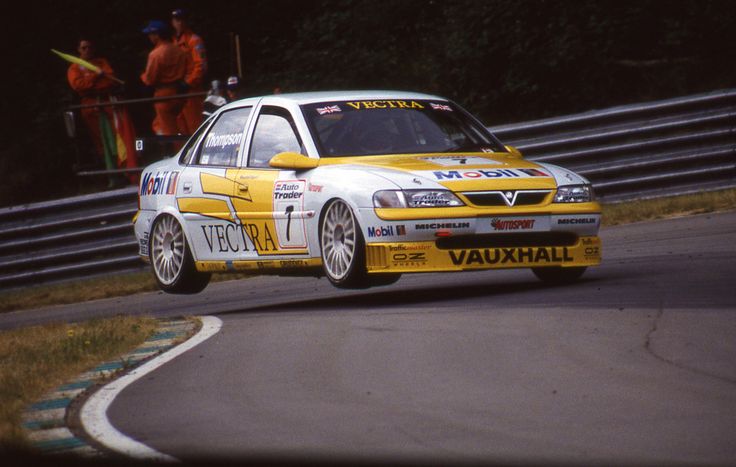
What were John (Cleland) and James (Thompson) like to work with that season?
“John Cleland, what a lovely guy. Hard talker, but great racer with fantastic race craft. Great to watch him in action up close! Working with James was fun, but he ruffled a lot of feathers and it possibly put me in a difficult and compromising position at times, but at the end of the day, it was a good year to learn in for us both!
I’ve not spoken to James personally for a few years now, but I do know that he spends most of his time in Ibiza now! Thompson and Cleland’s relationship, well James was very young at the time and he was also very fast. He obviously went on to have a successful racing career after Vauxhall. He was the young gun, he had everything to win and nothing to lose and took every opportunity he could. I always had a lot of respect for James, met his parents several times and got on really well with them. I would imagine for JC, who was very old school, the relationship was perhaps not to his liking and I can totally understand that! Team mates are the first person you want to beat and that was how James saw it. It was not an easy team environment to work in, whether you are an engineer of a driver.“
On the engineering side – how did you see Audi’s debut that season?
“Audi brought the 4WD Quattro in at the start of 1996 and they clearly were the benchmark team. John Bintcliffe had a very interesting first year in touring cars, Biela being the master and his new team mate! They rocked up, highly professional, highly resourced with big budgets and everything off track looked totally professional. I remember looking at their setup and thinking that this is now obviously what you need to be successful in this championship. It was quite clear that, in terms of balance of performance, that there had to be some changes made, but they were still the clear benchmark. They came to conquer and they did! A clear example that if a manufacturer wants to come in and win, it will throw lots of money at the programme.
There were some murmours in the paddock that the car was not quite to the regulations, with respect to some of the suspension mounting points, I remember Steve Farrell, who was one of the techinal staff at RML, diving under one of the cars after a race at Brands Hatch to try and have a good look at it! The Germans came and conquered in 1996, but we got our own back and beat them in 1997, so it did show that from one season to the next, there is always a change of the guard.“

What happened at the end of 1996?
“I left RML at the end of that season, James ended up at Honda and I got myself a job at Williams Touring Car Engineering – working under John Russell. 1996 was a great foundation and a great learning year for me, but it was clear that the Vauxhall Vectra was never going to be a consistent winner for a long time!
I joined WTCE in late 1996, just in time for the 1997 season preperation. The first major issue at Renault was the engine. In 1996, the Renault had suffered over 40 engine failures throughout the season, with that blessed Sodemo engine – them pulling their fingers out of their derriere for the 1997 engine was a good start, although we still had some problems with it that year!
One of the biggest things that we worked hard on though, was getting to fully understand the tyres and subsequently getting them to work properly on the car. Bizarrely, we actually used to qualify on a very hard compound of tyre and then used a softer one in the races. The car was superemely engineered anyway – from chassis and roll cage intergration, to supsension front and rear. The car was always compromised, as all touring cars are, but it was what it was.
As an example of touring car compromise, the rear damper motion ratio was hideous! You’d never design a race car like that, but these are the sort of issues that crop up when you take a four door family saloon and turn it into an out-and-out race car.
What made Renault so hard to beat in 1997?
“The whole package worked so well together in ’97 and it was the right year to be there, with the right car and the right drivers. Jason ruffled a load of feathers that year, which he does well – and continues to do! That driver pairing was perfect though, pretty much unbeatable in qualifying trim and race trim That, along with the engineers – John Russell, Mark Ellis, Ashley Way – they all did a great job. We played hard, but worked hard!
The biggest factor in 1997, was understanding the tyres and making them work well.”
That driver pairing…. Alain must have been pretty sore about Jason taking the first three poles in his first races?
“Alain had been at Williams for a long period of time and at the time, we were doing a lot of testing pre season – it really goes back to that. When testing, Jason had found that qualifying on this harder compound tyre, which was a 101D if I remember correctly, it just happened to work really well and I think Alain started using it from Round 4. It was something that we had found out more by trial and error! Although it might not initally make much sense, it just appeared to work for Jason and his style.
Jason was tough to work with – I liken his style as similar to working with Eddie Irvine in F1, which I did many years later! He had a hard nosed exterior, with a complete self-centred approach, but if you deliver for him, he will deliver for you! He’s a very tough driver with fantastic race craft, which he’s continued to hone over the years. As much as him and Alain might have fallen out with each other as drivers, I think they were better for it. I think it was good to have a stalwart and a young gun though, it worked well.”

Didn’t the WTCE boys have a special present for Jason at the end of the season?
“Yes, we put together a car body of damaged parts from the season and dumped it into his garden! Let’s put it this way, he smashed up enough cars that season! Jason pretty much damaged each body part at some point that season, including the roof! So the body shop decided to put all the bits together and put it onto a chassis gurney for him and dropped it in his garden!“
After Renault’s incredible 1997 season, 1998 wasn’t quite as successful – what happened?
“I wouldn’t say complacency was an issue for our disappointing title defence, we put as much effort into the ’98 cars as we did with the ’97 car. These things are cyclical and I think it was just a case of the old girl starting to show her age.
For example, in terms of engine architecture, the engine design was nearly 30 years old! The engine was an absolute dog in 1996, as I said earlier. It wasn’t the best in 1997. but it didn’t blow up! For 1998, it was just starting to be more difficult to be competitive. We might have been as competitive on the odd circuit here and there, but it was more tricky. Tyres had changed too for that season. Less choice in terms of compounds, meaning we didn’t have the same advantage as we might have done in previous seasons. The Nissan was also coming on strong too in 1998 and obviously dominated in 1999. As I said, these things are cyclical.“
1998 brought a raft of new changes – including compulsory pitstops – did that give the team much more work Any cross-over from the F1 side?
“Ahh yes, pitstops – I’d forgotten all about tearing the yellow velcro strip off the rear windows! We didn’t have much cross-over from the Williams F1 boys, we were very much doing our own thing in regards to strategy. The options were limited anyway as they weren’t the longest races anyway, just a case of choosing when to do your stop and doing it. Certainly no sophisticated levels of simulation software to help like you would get in the Grand Prix team.“
Alain Menu left the team at the end of 1998 and was replaced by Jean-Christope Boullion, who struggled as the Laguna lost its competitiveness. Thoughts on JCB?
Jean Christophe is a super guy – bloody quick too. He sadly didn’t quite take to touring cars particularly well – but they are difficult beasts to drive – well, they were in those days. You also have to remember that these guys came with a certain degree of pedigree, Jean Christophe was as quick around Silverstone in a Willams F1 car as Senna was, apparently. You always have to remember the credibility he brought with him into the team.“

1999 was a tough year for Williams and Renault?
“It was. We absolutely dominated the championship in 1997 and yet, 2 years later, with essentially the same package, we’ve become practically an also ran. That’s how competitive it was. I liked those forms of championship though, but manufacturers will always look at that and question if they are getting their value for money.
When I first joined Williams, I remember meeting Andrew Luck, who was commercial director of Renault UK at the time. I was quite young and inexperieneced and he said to me that it makes a big difference! If you win here on a Sunday afternoon, we sell more cars on a Monday morning. I don’t think I can name a current championship that would have that much of an effect currently.”
What was it like working for a company as legendary as Williams?
“It was great. Bearing in mind, when I was younger and trying to get into motorsport, the first letter I wrote was a hand written letter to Frank Williams – I was a Williams fan. We did some weird and wonderful things, certainly when I was at Williams Touring Car Engineering – we had a resource level from Williams Grand Prix Engineering that we tapped in to on a daily basis! It was fun to be involved in touring cars in this era.”
How involved were Frank and Patrick in WTCE?
“Frank and Patrick took a great deal of interest in the Touring Car operation. When John Russell left the team, Patrick became my boss. Frank came to a few races when they didn’t clash with Grands Prix, they definitely took a keen interest. It was clear that the relationship with Renault was very important to Frank and Patrick, so they were keen to ensure that we were doing the best we possibly could.
Patrick would also often come to races and it always seemed to be the case that he would appear when things were going shit! I remember Patrick and I have having some particularly tough conversations when things weren’t particularly going well!
Patrick was certainly involved on a day-by-day basis and the things that Patrick used to do really put the fear of God into me! I remember my very first day in 1996 and I’m setting up my drawing board. We had a few CAD terminals, but Mark and I would do all the drawings. As I am setting up, I’m aware of someone coming up and standing behind me.
Anyway, I turn around and there is Patrick standing right behind me saying ‘Hmmm…. so you’re the new chap, are you?!’ and that is how the relationship started!
Patrick obviously had his finger on the pulse with engineering matters too. He used to come along and he used to do this party piece. The first cabinet in the drawing office was effectively the filing area for drawings and all the drawings that had to be signed off by him were left on top of this cabinet. Of course, Patrick would then wander in at some point and he would start looking through the drawings and would always find the one you really didn’t want him to find!
He’d then demand to know ‘Who drew this?!‘ and subsequently tear a piece off you and rip you to shreds and tell you why it was bad engineering practice! He was a very interesting character and he used to put the fear of God into me, but obviously I have a huge amount of respect for him and what he has done in the sport. I still speak to him on occasion and it was a great operation and the leadership came from the top. They were very serious about what they were doing and I think the level of success we had in 1997 just goes to show that.

That final race with Renault – what was it like?
“I’ve blanked that whole weekend out of my mind. The whole weekend was a complete disaster. We only ever wrote one chassis off at WTCE – that was the very final race! Jason got t-boned in the second race. The impact was so severe that it damaged the roll cage.
We then closed the doors of WTCE at the end of 1999 and everyone went their own different ways. I had a little chat with Patrick about possibly going into the F1 operation, but for whatever reason that didn’t happen. I’ve been back to Williams on a few occasions since, for different reasons and it certainly is a different atmosphere there now. Obviously they’ve been going through a very tough time, which is a real shame to see.“
Then for 2000 – you join Ford and Prodrive?
“Yes. I’d kept a good relationship with Alain Menu and Mark Ellis, who joined Prodrive and Ford at the end of 1998, with Alain, so I was delighted to join them for the 2000 season. A very different team to Williams, different atmosphere and different manufacturer, but I knew some of the engineers from when they were with Williams.
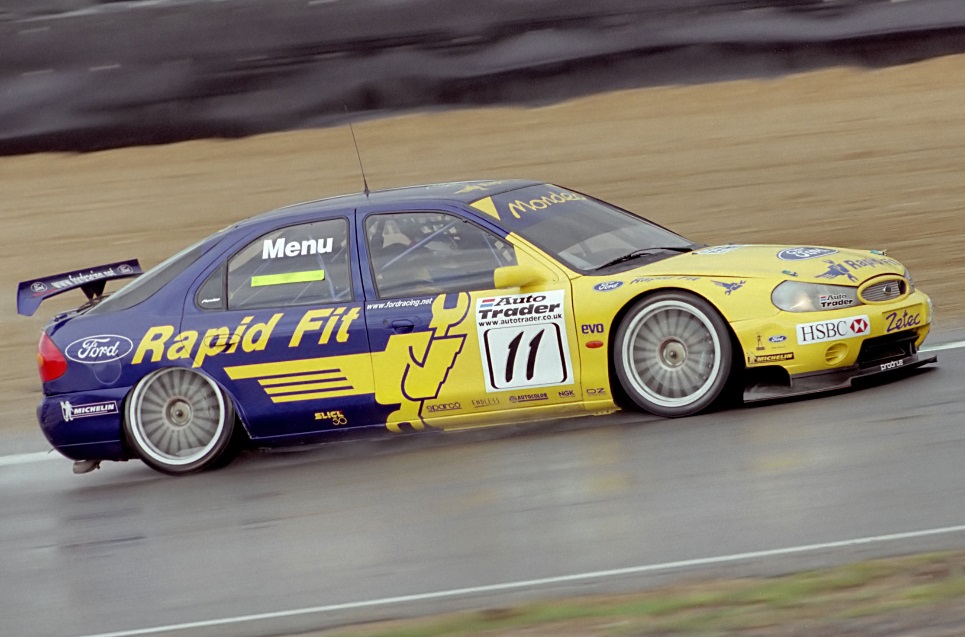
What was different compared to WTCE?
“It was a bit different having three cars and three drivers! It was definitely more tricky to manage the relationship between the three drivers and engineers. Working with Alain, Anthony and Rickard was really great, though. As were the engineers – for example, Pete Bonnington, who’s gone on to do some really special stuff at Mercedes Grand Prix.
Unlike at Williams, we were responsible for the engine at Prodrive too. We had to take the engine back from Cosworth, who had really struggled to make it competitive – Jason Hill at Prodrive did a really great rescue job with the engine.
Ford ran a superstar team that season, with Rydell joining Reid and Menu – must have been tough at times?
“The politics of the Ford team were really interesting actually – you had the 1997 champion with Alain and the 1998 champion with Rickard. I’d known Rickard for years already, so for me it was maybe a little easier?
I worked with all three very well and they were all incredibly talented drivers, if in their own unique ways. Alain was the great all-rounder, a little bit like Prost in that way. I think Rickard was a little disappointed with the fact that when given the same equipment, he found that he was slightly lacking in regards to Alain – and I am talking very small margins! Anthony had his bursts of brilliance at times too. It was interesting to work with all three – I don’t think there was any favouritism between the three of the drivers, I think we did a great job in terms of managing that.
They each had their different wants and requirements from the car, which we tried to sort as much as possible. It was definitely three old rivals – fighting for supremacy & that brought its own challenges.“

Of course, Ford dominated the season and won every trophy going.
“It was another great year, great to win in the manner that we did. We did some really unconventional things with that car, in respect to the way it handles. We put the car in a cradle and swung the car from Dave Richards’ helipcopter hangar to look at the inertia – it was all pretty weird and wonderful!
2000 was pretty much shit or bust for Ford in touring cars! After the lacklustre years spent with West Surrey Racing, it was made quite clear that we needed to be successful – and we did that and Alain was again victorious.“
Many people class either the 2000 Ford or the 1997 Renault as the ultimate Super Tourer. Having worked on both, which one would you choose?
“The 1997 Laguna for me was the ultimate Class 2 touring car. I’ve not done the stats or anything, but having worked on both, Alain Menu in the 1997 Laguna was the best of the best & I don’t think there was anything that could beat that.
The Mondeo was a different type of car – it was enjoyable and obviously it was later on in the developement of the super touring regulations, but if you ask me about my best experiences with the cars, I’d tend to say ’97 Laguna. I think it was the best car & if you went into the statistics of wins and poles etc, I am pretty sure that would confirm that too.“
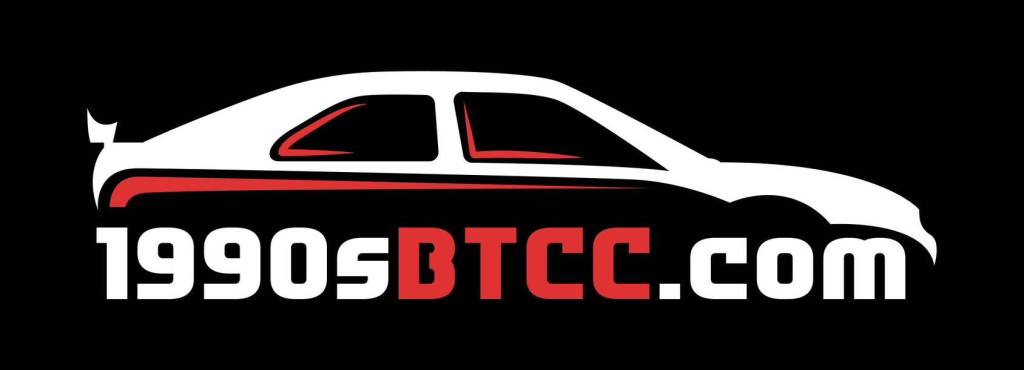
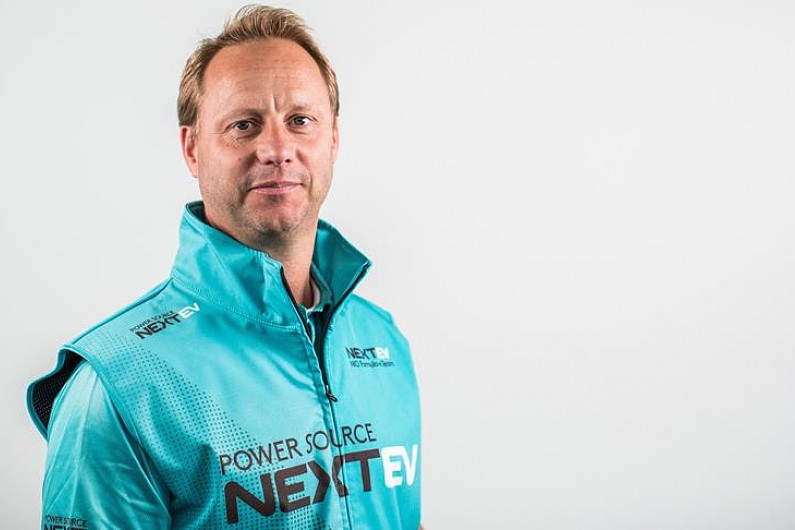
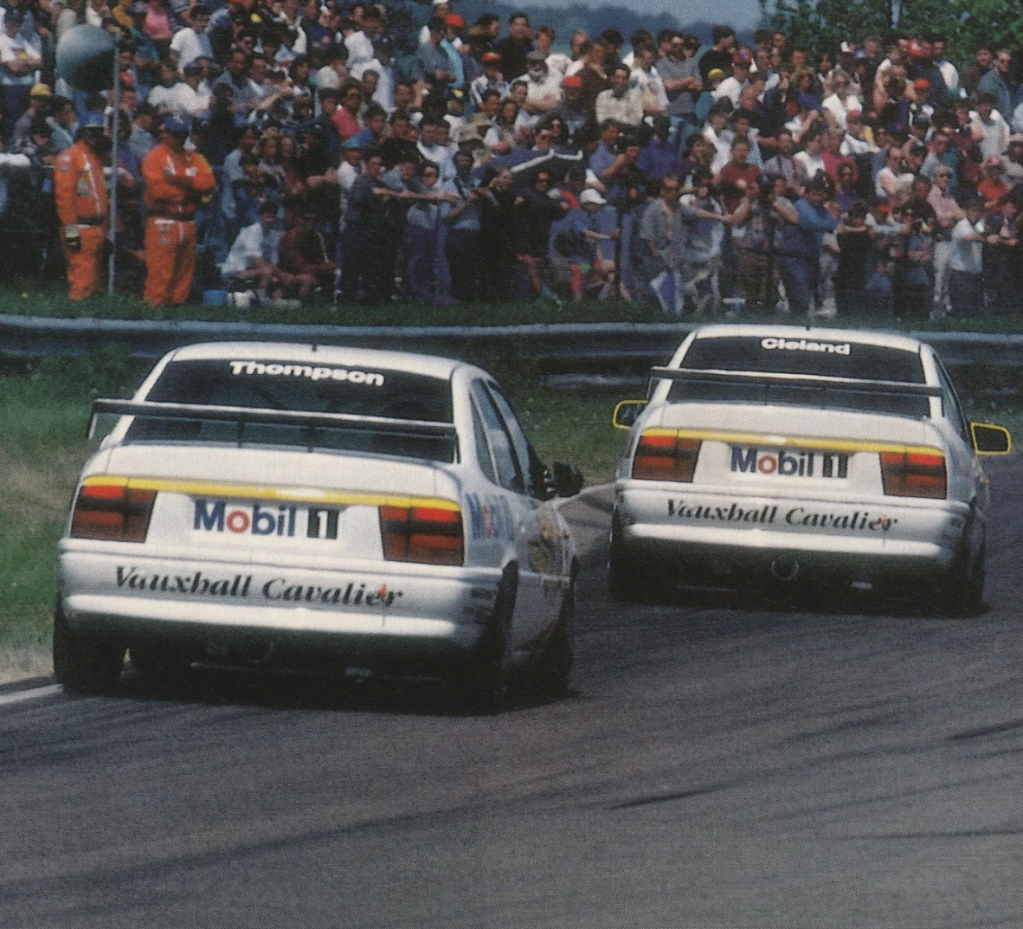
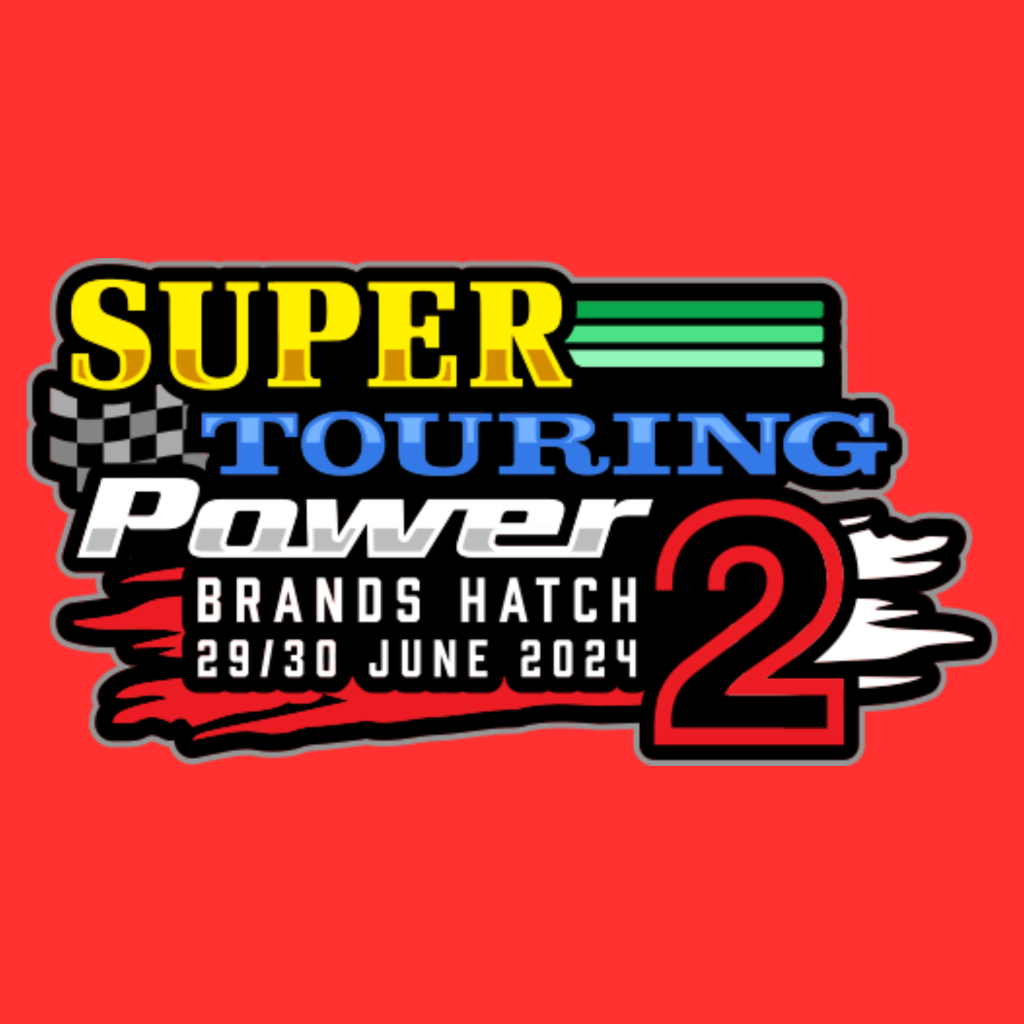

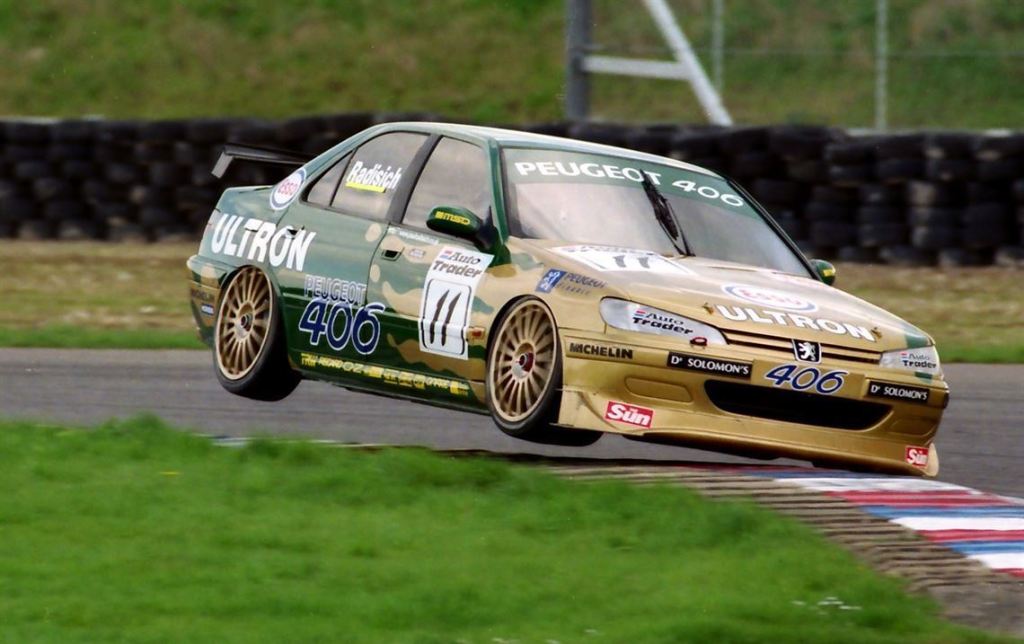
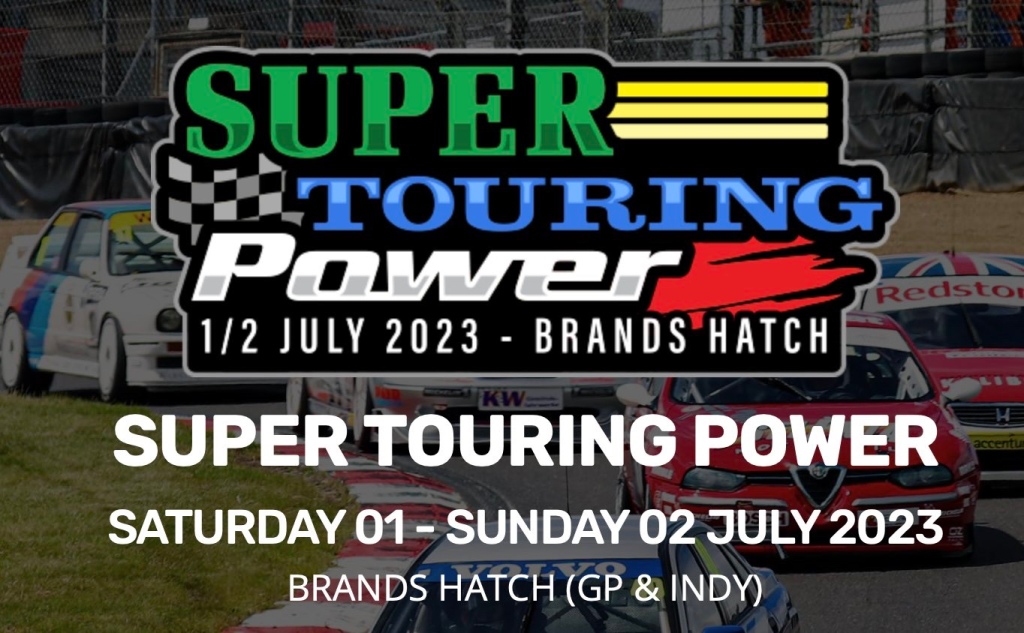
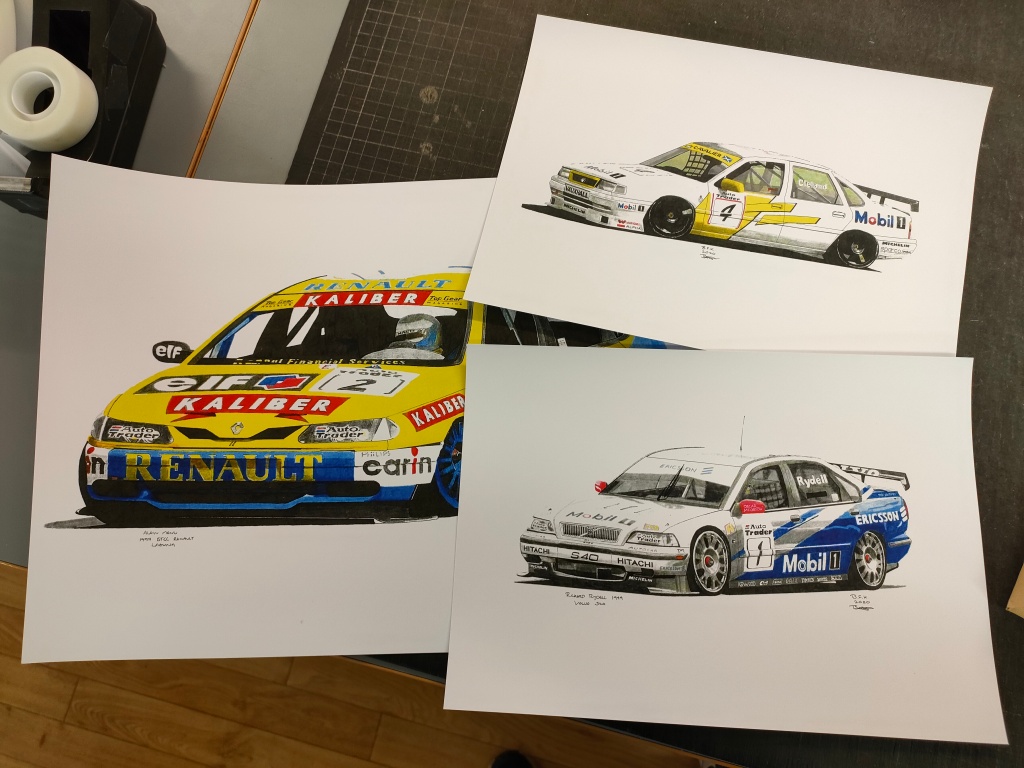
Leave a comment